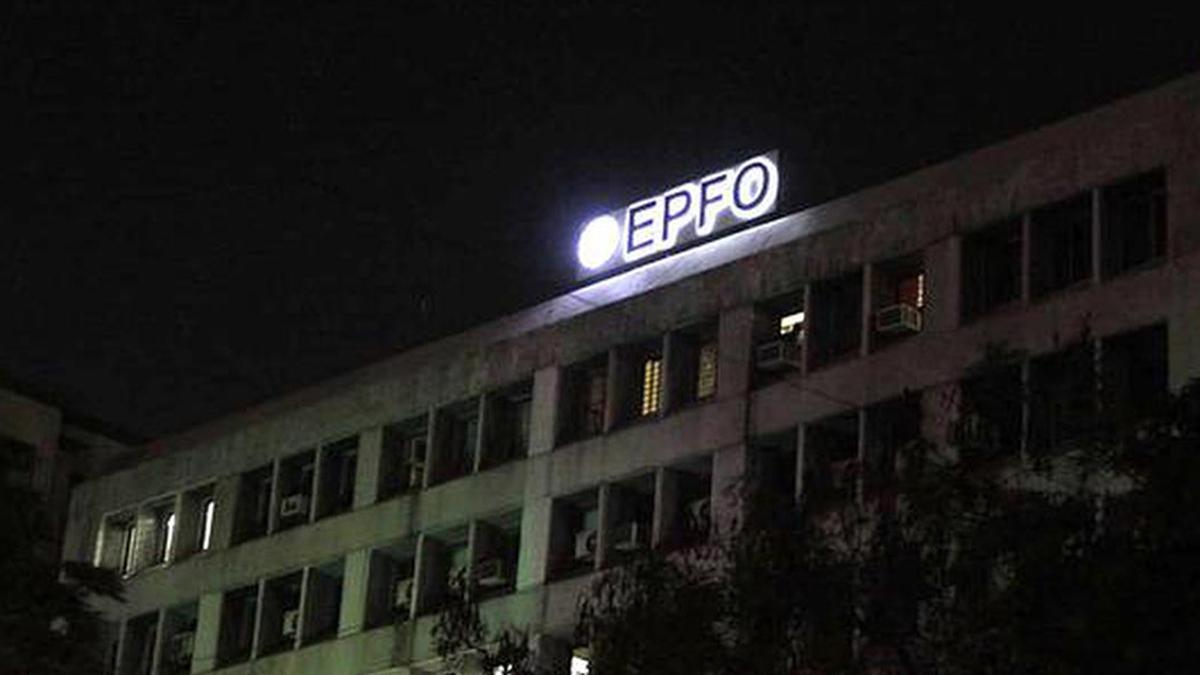
The woes of pensioners and PF members Premium
The Hindu
In the most contentious matter of pension computation, the clarification, which states that pension will be calculated as per paragraph 12 of the EPS, also says that the date of commencement of pension will determine the applicable formula for calculation of pensionable service, pensionable salary, and pension.
The Employees’ Provident Fund Organisation (EPFO)’s recent clarification on the implementation of the 2022 Supreme Court verdict on higher Provident Fund (PF) pension seems to have added to the woes of pensioners and PF members.
The EPFO, the administering body for the Employees’ Pension Scheme (EPS) of 1995, has issued the clarification in the form of frequently asked questions to enable proper implementation of the Court’s judgment. As a matter of principle, the Court had approved the payment of higher pension subject to certain conditions. It upheld the 2014 amendments where the pensionable salary cap was raised to ₹15,000 a month from ₹6,500 a month; employers were allowed to contribute 8.33% of the employees’ actual pay (even if it exceeds the cap) towards EPS; and the basis for computation of pensionable salary was altered. Later, the EPFO came up with two sets of procedures — one for those who retired before September 1, 2014 (the date of effect of amendments), and one for those who retired after 2014.
Also Read: One year after Supreme Court verdict, EPFO releases FAQs for implementing higher pension
In the most contentious matter of pension computation, the clarification, which states that pension will be calculated as per paragraph 12 of the EPS, also says that the date of commencement of pension will determine the applicable formula for calculation of pensionable service, pensionable salary, and pension. This has raised the eyebrows of the pensioners and PF members, as there is no reference to “the date of commencement of pension” in paragraph 2(xv), which deals with pensionable service, or in paragraph 10, which defines pensionable service, or in paragraph 11, which determines pensionable salary.
Going by the yardstick of the date of commencement of pension, the pre-2014 retirees who chose to get their pension coincidentally after the amendments get a lower pension as their pensionable salary has been worked out based on the average pay of 60 months preceding the date of exit from the pension fund. In fact, this is one of the illustrations given in the clarification. Had they opted for pension before the amendments came into effect, their pension would have been higher, as it would be based on the average pay of 12 months. Those who expected the clarification to redress their grievance are frustrated. The clarification is also silent on when the EPFO will start disbursing higher PF pension, as there are reports of some pensioners getting a higher amount. Post-2014 retirees, who are apparently getting a higher amount, feel that there is ambiguity about the revised pension. They want a worksheet as they find that the amount they received does not match the model formula circulated by the EPFO of taking 60 months average pensionable salary.
Also Read: All employees can opt for EPFO pension scheme: Supreme Court
Besides, illustrations carried in the clarification with regard to the calculation of pension for post-2014 retirees could have been simpler. They do not explain every crucial aspect concerning pension. The clarification is also silent on when the EPFO will start disbursing higher PF pension, as there are reports of some pensioners getting a higher amount. There is also a demand for incorporating the component of interest rate, announced by the EPFO from time to time, at the time of calculating pension. As MP (Rajya Sabha) M. Shanmugam of the DMK said, if the interest component is taken into account, the pension amount would at least see a rise of ₹2,300 per month. There is also no logic behind halving the original amount of pension at the time of making widow or widower pension.











